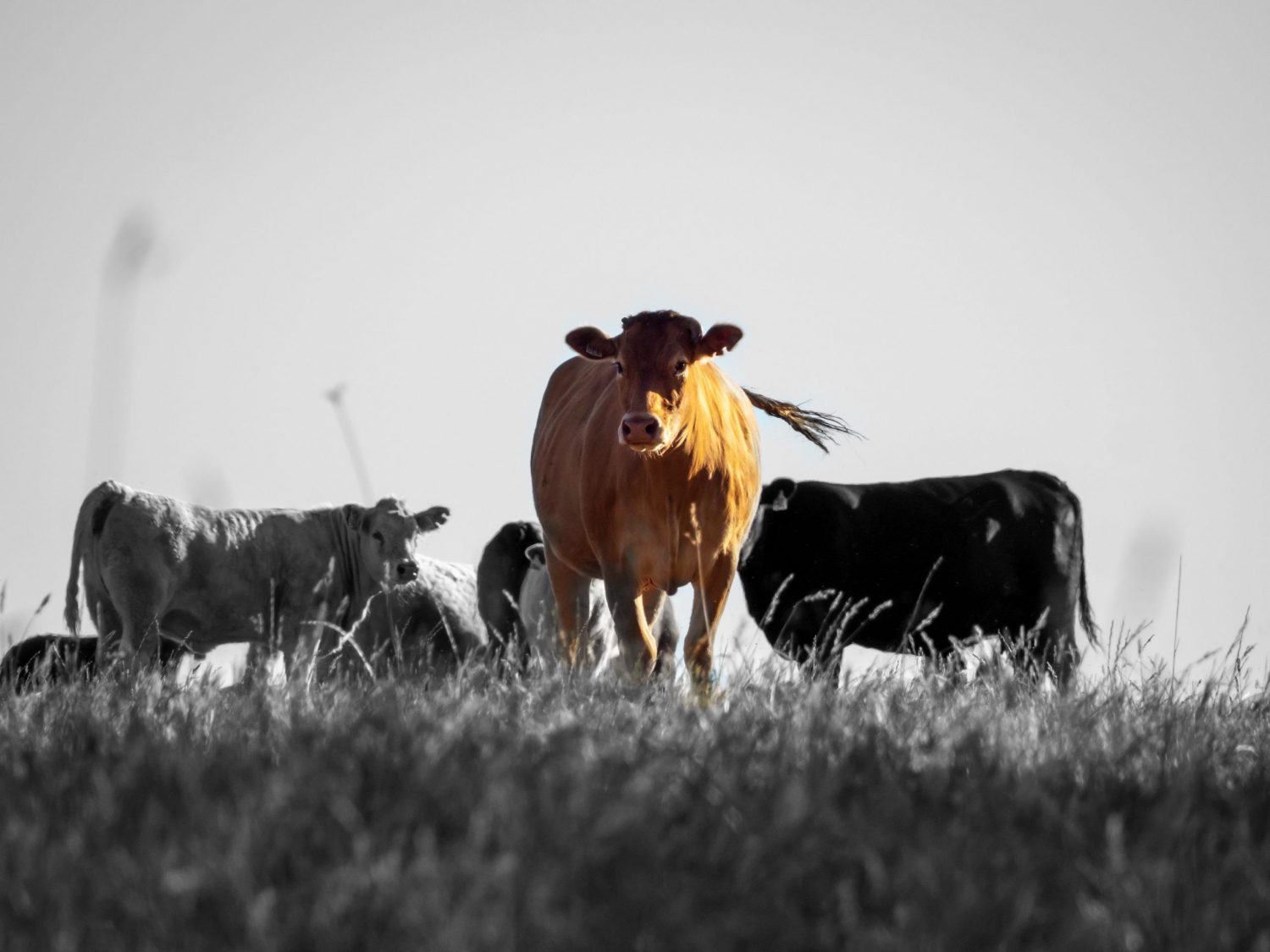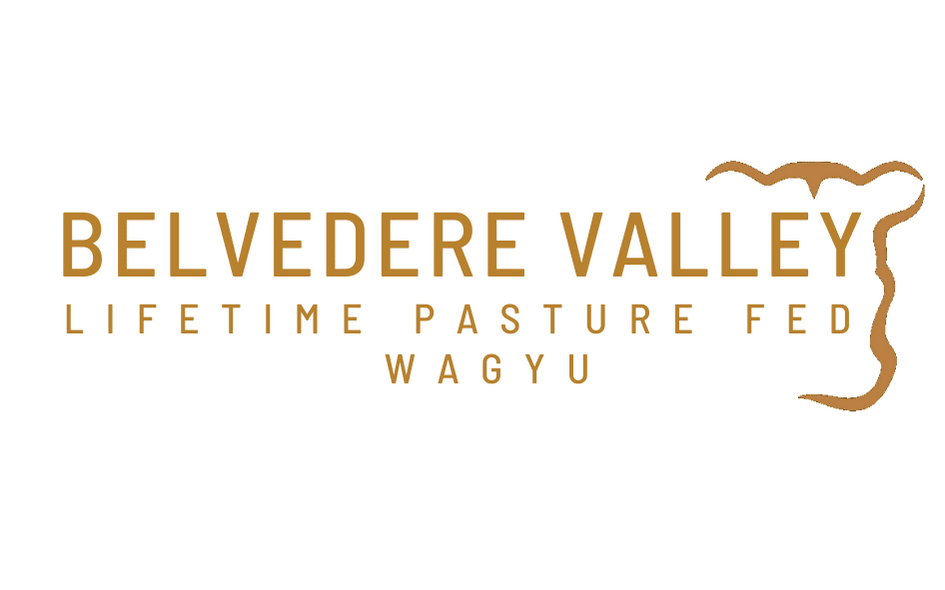Once upon a time I was a city girl, and although I liked to eat a healthy balanced diet, I never realized there were different types of beef. To me beef was just beef. I would go to the supermarket or the butchers, see what looked nice and I would buy it. But of course, now living on a beef farm I have learned there’s a whole lot of different beef out there on the market. When I say beef, I do not mean T-bone or Rump or Porterhouse, I mean how the beef was produced.
So how is beef produced? Well the main differences most people might know about are grain fed and grass fed. But there is a whole lot more differences with the grass fed category too. But first, hopefully the fact you are reading this blog you will know that most grain fed cattle spend a significant amount of their life in a feed lot from about 6 to 10 months of age until they meet the required weight. Most commercial feedlots in Australia are licensed to operate at space allowances between 12m2 and 20m2 per animal (1) and spend their entire time in the one pen, usually anywhere from three months to six months. This is about the size of the average double bedroom, give a square metre or two and if the cattle are housed in a shed, a minimum stock density of 2.5m2 per animal is all that is required. (1)
Grass fed means they only eat grass for their whole life, right?
\Well, that’s not always the case. Here at Belvedere Valley Farm in the Southern Forests of Western Australia, yes, our cattle only eat fresh green grass or dried grass as in hay we have grown for those few months we don’t naturally have much green feed. Some cattle however, start their life on grass but if they don’t finish off before the green grass runs out, they are transported to feed lots to finish off or are fed grain on the property to reach the required weight for processing. Grain is used because the cattle reach their target weight much faster. These cattle even though they can spend more than 9 months on grass will spend up to the next three months of their life eating primarily just grain. Yet the meat can be labelled as ‘Grass fed’. This is probably why in the U.S. many grass-fed beef farmers promote their grass-fed beef as ‘Grass fed and finished’. At Belvedere Valley that is exactly what we do. Our cattle eat grass their whole life. Well for the sake of absolute honesty, our young heifers we keep as future Mummas do get a small amount of dairy ration topped with a little molasses for a short while as a way of getting them used to us handling them and feeling safe. It’s like giving a child a small bag of lollies at the end of the week for good behaviour at school. (That’s what I would do with my children). Whereas grain feeding every day is like giving a child candy for every meal, every day and nothing else. Cows can’t tell us they have a belly ache like a child can.
Grain feeding may increase growth of the animal but doesn’t give the animal quality of life. Here at Belvedere Valley that is one of our most important guiding principles on the farm. To give our cattle the longest, most natural, and stress-free life for the whole of their life on the farm. Another thing to note about grain feeding is that most grain grown for cattle is not regeneratively farmed, meaning it was more than likely grown using chemicals and tilling the soil, both of which have a negative impact on soil health, the environment and the animals. Research has also shown that grass fed meats have added health benefits over grain fed. Another days blog there.
Now let’s assume we know the cattle were grass fed and finished. Great, we have the best meat. Hmm… maybe not. There is also organic grass fed and regeneratively grass fed and there is what we do at Belvedere Valley which is regenerative organic. There is no certification for that in Australia, but we would have no trouble getting certified. So, what does that mean? Well for us it means carrying out the best practices of all holistic and natural farming systems that help regenerate the land with minimal disturbance without the use of any chemicals, pesticides, or herbicides, whilst protecting our land and waterways. For example, organic farmers can use ‘organic’ pesticides made from natural ingredients, but we must remember not everything that is natural is good, like tobacco for example. The problem with these natural pesticides is that they not only kill the pests, but they also kill good microbiology in the soil, which we don’t want to happen. Farming is a very complex system and scientists and farmers alike are learning more and more about the importance of protecting our soil and its microorganisms every day and this is why not tilling the soil is so important as well.
So, what does all this mean? Well, when you buy your beef, make sure you know exactly what you are buying, read the labels or ask your butcher if it’s not displayed. Remember, know your farmer, know your food! The best beef is organic regeneratively farmed which is grass fed and grass finished, exactly what we produce at Belvedere Valley. In fact, our beef is even better than that because it has the added benefits of Wagyu. But that’s another blog all on its own. If you truly care about global warming and often feel you personally can’t help, well eating grass fed regeneratively farmed meat is the easiest way you can help, as cattle grazed this way actually helps put carbon back into the soil which in turn will help reduce global warming. So, as you can see grass fed beef is so much better for the cows, for you and for the planet. As we say at Belvedere Valley: “Save the planet one steak at a time!”
We hope you get to enjoy grass fed regeneratively farmed beef!


